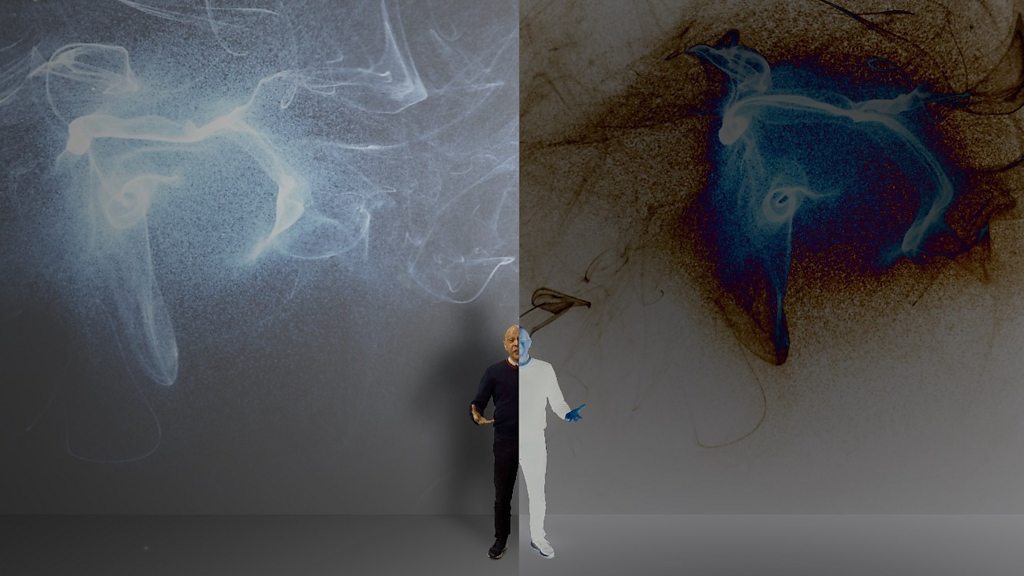Robinson's Blog

🔬 Unraveling the Mystery: Why Does Our Universe Exist? Scientists Race to Find the Answer
High above the misty forests of South Dakota, within a cutting-edge laboratory buried deep underground, scientists are tackling one of the most profound questions in science: Why does the Universe exist at all?
This grand quest is being led by an international team of researchers based in the United States. But the race is onthey're competing with a Japanese team that’s already several years ahead.
At the heart of the investigation is a mysterious subatomic particle called the neutrino. Scientists believe neutrinos may hold the key to understanding why the Universe didn’t simply vanish in a burst of energy at the moment of its creation.
To solve the puzzle, the U.S. led team is working on a massive project called the Deep Underground Neutrino Experiment (DUNE). Their search takes them 1,500 meters beneath the Earth’s surface, into three enormous underground caverns located at the Sanford Underground Research Facility (SURF).
The scale of the site is staggering construction vehicles appear as tiny toys in the vast, cathedral-like caves. “These caverns are truly cathedrals to science,” says Dr. Jaret Heise, the facility’s science director, who has overseen the project’s development for nearly a decade.
DUNE is now moving into its most crucial phase: the construction of a powerful detector designed to observe neutrinos in unprecedented detail. The project brings together over 1,400 scientists from 35 countries, all united by one goal to uncover why our Universe exists instead of disappearing in the blink of an eye.
When the Universe was born, it produced equal amounts of matter and antimatter opposites that should have annihilated each other completely. But somehow, matter survived, forming stars, galaxies, planets, and life.
Understanding this imbalance could reshape our entire view of reality.

